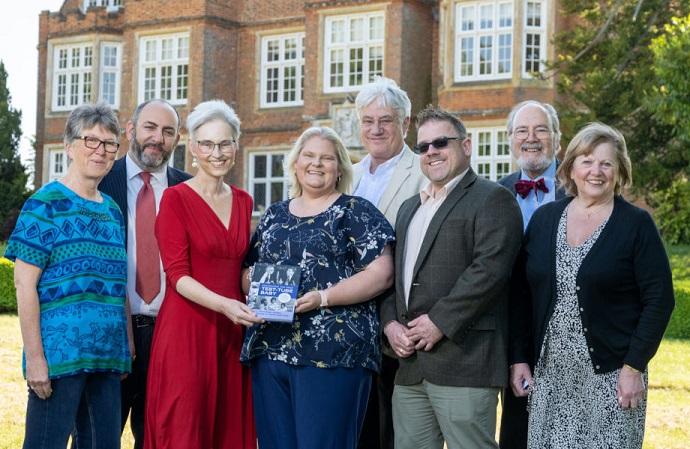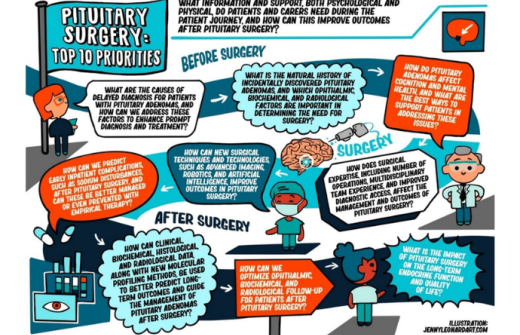When Steptoe, Edwards and Purdy announced the birth of the world’s first test-tube baby, Louise Brown, 45 years ago it was an international sensation. But there was also disbelief from some colleagues over this miraculous birth and the IVF pioneers were criticised for not sharing their secrets within a scientific publication. Now a new book, ‘Presenting the First Test-Tube Baby’, puts the record straight, providing the ‘lost paper’ that the scientific community sought and revealing a series of breakthroughs that has resulted in the birth of over 8 million babies worldwide.
To celebrate the book and the contributions made by so many there was a reception held at Bourn Hall, the world’s first IVF clinic. Dr Thanos Papathanasiou, CEO and Medical Director of Bourn Hall, comments: “The passion that drove Steptoe, Edwards and Purdy was the desire to enable a couple to have their own child. This is a passion that motivates us today, it is an honour to continue their work and to support those that are pushing back the frontiers of reproductive science.”
The book, edited by Fiona Kisby Littleton, Susan Bewley and James Owen Drife, revealed that Steptoe, Edwards and Purdy wanted to be confident that “more than one baby could be conceived by these means” before they published their findings in detail in an academic journal. It was not until several months after their second IVF child, Alastair MacDonald, was born and proved to be healthy that they finally published three papers in the British Journal of Obstetrics and Gynaecology in September 1980. This coincided with the opening of their clinic Bourn Hall to respond to the demand for treatment which arose after Louise’s birth.
The pioneers had struggled to gain funding for their work and there was a media frenzy ahead of the birth of Louise. The publisher of the Daily Mail offered the carrot of further funding and a payment for an exclusive of the birth. This fuelled cynicism from the scientific community and also doubt over the claim to be the ‘world first’ – as a team in Australia was also close to a breakthrough.
The book shows that 18 months before the scientific publication, the two men gave a lecture on 26th January 1979, with the shy Jean Purdy in the front row with Ruth Fowler, Edwards’ wife and early collaborator. Steptoe and Edwards presented the detailed information and results the scientists craved, but no transcript was created. ‘Presenting the First Test-Tube Baby’ is the first time their lecture has appeared in print, and includes a commentary from people who were there reminiscing about its impact.
Louise Brown comments: “Over 200 women attended the little cottage hospital in Oldham. My mum tried for ten years to have a baby and was the first to be able to raise a child as a result of the programme, but they all contributed to its success. My birth brought hope to people worldwide. This book provides an important record for the future, capturing the early days of IVF that might otherwise be lost for ever.”
Find out more about the history of IVF at bournhall.co.uk.
Photograph shows, from L-R: Editor Susan Bewley, Emeritus Professor of Obstetrics and Women’s Health, King’s College London; Dr Thanos Papathanasiou, CEO and Medical Director of Bourn Hall; Editor Fiona Kisby Littleton, University College London Institute of Education; Louise Brown, the world’s first IVF baby; Andrew Steptoe, son of IVF pioneer Patrick Steptoe; Alastair MacDonald, the world’s second IVF baby and first boy; Editor James Owen Drife, Emeritus Professor of Obstetrics and Gynaecology, University of Leeds; Grace MacDonald, the world’s second IVF mother. Photograph credit: Bourn Hall Clinic / Matthew Power Photography



